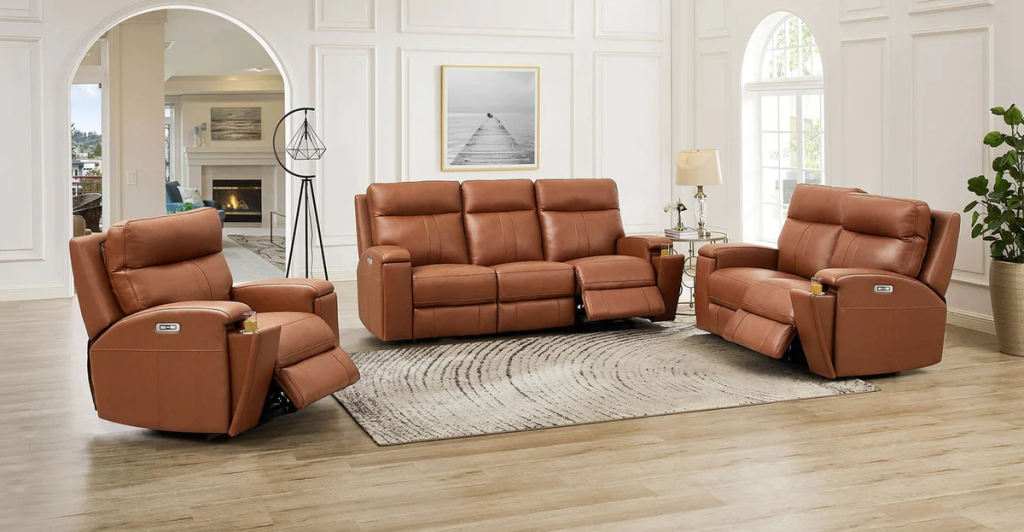Introduction
Choosing a recliner involves considering various factors to ensure optimal comfort and functionality. This guide provides objective information to help consumers make informed decisions based on their individual needs and preferences.

Key Considerations
Intended Use
- Determine primary purpose: reading, sleeping, or therapeutic use
- Consider frequency and duration of use
- Evaluate space constraints and room layout
- Assess compatibility with existing decor
Physical Requirements
- Measure available space before shopping
- Consider user’s height and weight
- Account for mobility limitations if applicable
- Test comfort level before purchasing
Feature Analysis
Mechanism Types
- Manual recliners: traditional lever-operated models
- Power recliners: electric motor operation
- Push-back recliners: weight-activated mechanisms
- Wall-hugger designs: require less clearance space
Material Options
- Leather: durable and easy to clean
- Fabric: wider variety of colors and textures
- Microfiber: stain-resistant and soft
- Synthetic materials: often more affordable
Comfort and Support
Ergonomic Features
- Lumbar support quality
- Head and neck support
- Seat depth and width
- Armrest height and padding
Health Considerations
- Orthopedic designs for back support
- Lift chairs for mobility assistance
- Zero-gravity positioning options
- Heat and massage functions
Practical Evaluation
Testing Guidelines
- Sit in the recliner for at least 15 minutes
- Test all positions and transitions
- Check ease of operation
- Assess stability and build quality
Size and Proportion
- Ensure adequate legroom when fully reclined
- Verify ceiling clearance for tall users
- Confirm doorway and stairwell accessibility
- Consider weight capacity limitations
Budget and Value
Price Considerations
- Establish realistic budget parameters
- Compare features across price points
- Evaluate long-term durability
- Consider warranty terms and coverage
Quality Indicators
- Frame construction materials
- Mechanism warranty length
- Cushion density and quality
- Stitching and finish details
Additional Factors
Safety Features
- Anti-tip mechanisms
- Child safety locks
- Electrical safety certifications (for power models)
- Weight capacity warnings
Maintenance Requirements
- Cleaning instructions for different materials
- Mechanism lubrication needs
- Cushion rotation recommendations
- Professional servicing options
Conclusion:
Selecting an appropriate recliner requires careful consideration of personal needs, physical space, and budget constraints. Testing different models and understanding key features will help identify the most suitable option. Always verify product specifications and warranty details before making a purchase decision.
Disclaimer: This information provides general guidance for recliner selection. Individual comfort preferences and physical requirements vary. Always consult product specifications and test furniture personally when possible. For medical conditions, consult healthcare professionals for specific seating recommendations.
